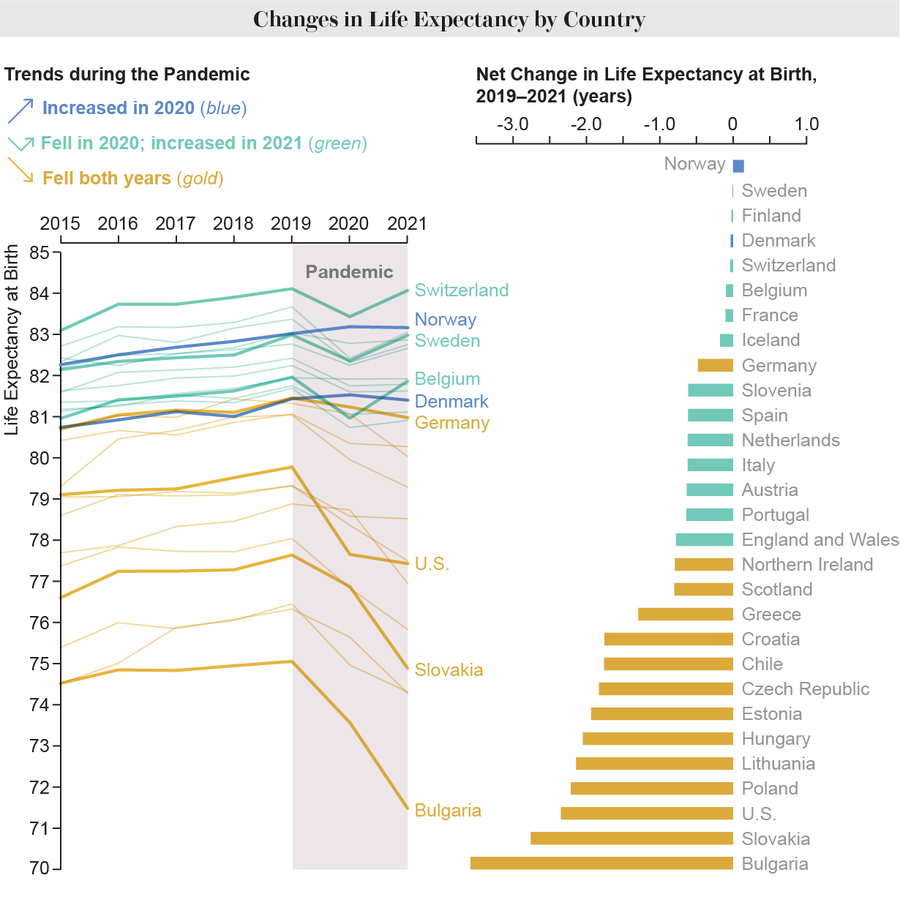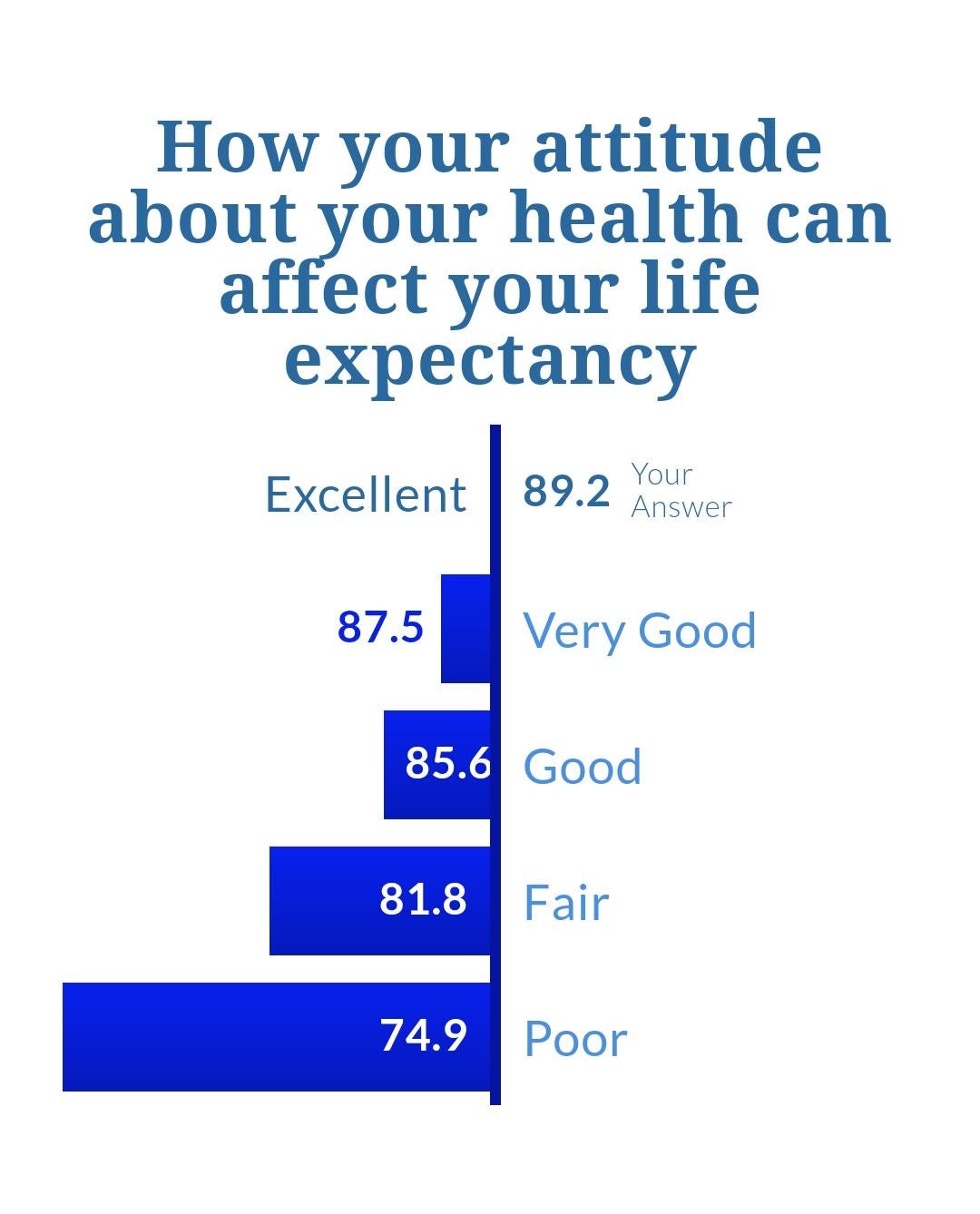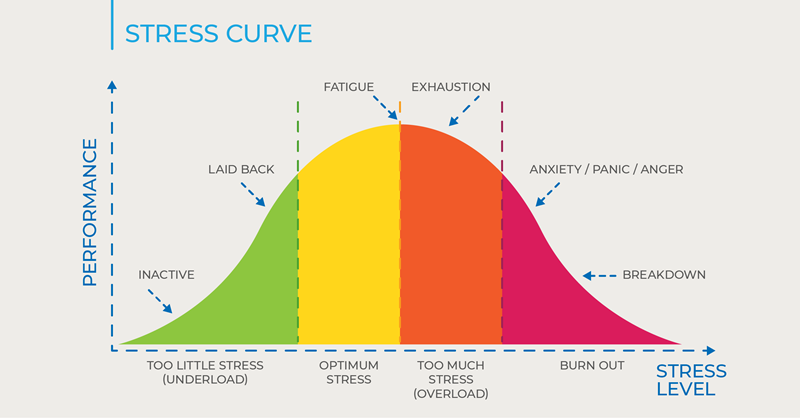As medical practitioners, the sight of our patients battling with life in the face of death is always a saddening scenario to watch. And it’s even more pathetic when you can’t do anything about it. Accompanying patients towards the end stage of their lives creates a web of sad memories that we don’t often talk about; it’s depressing and demoralizing. This is the reason why the current decline in life expectancy is a worrisome reality for health practitioners.
Today, the ongoing decline in life expectancy casts a shadow over societies worldwide, marking a troubling trend that underscores the persistent challenges we face in safeguarding human health and well-being. Despite advancements in medicine, technology, public health, and numerous publications on how to live long and healthy by some self-acclaimed experts and researchers on the subject of longevity, the grim reality is that the trajectory of life expectancy continues to veer downwards, sounding alarm bells about the state of our collective health and the efficacy of our social systems. This abysmal decline in life expectancy reflects a confluence of complex factors, each contributing to a precarious landscape where individuals are increasingly vulnerable to premature death. To mark the release of our eBook, let’s look at some of this factors.
COVID-19

Attitude
“This largely concerns stress resulting in unhealthy healthy habits such as smoking, substance abuse, inadequate sleep, not eating sufficient balanced diet, etc. But yet, there is something really disturbing about this issue. I have had many patients with stress-induced diseases, even terminal diseases, and they will tell they don’t stress”
“The issue is that people can be going through stress without even knowing it. Just like high blood pressure that is a silent killer; people can be suffering from the effects of stress without seeing any symptoms that will make them become aware of their stress level. It’s dangerous, and it can kills easily”
Moreover, there is so much issue around us to worry about, so most people are more susceptible to stress on default and have minimal strength effort to avoid to avoid it. Yet something has to be done, maybe different, if not they may not live long.”
A host of exciting research has shown that attitude affects our health — so much so, in fact, that a positive attitude can add years to our lives. Take the following study performed at Carnegie Mellon University, for instance. In the study, each of 193 healthy volunteers between the ages of 18 and 55 was given nasal drops containing a cold or flu virus.
Participants were also assessed for their emotional style — whether they tended to experience positive emotions, like happiness, liveliness and calmness, or whether they tended to experience negative emotions, like anxiousness, hostility, and depressive tendencies. Each person’s health was then monitored in quarantine.

As the volunteers developed symptoms of infection, all the tissues that they used were collected and weighed so that mucous production could be compared in each individual across the group.
The results were clear. Those who were most positive actually produced less mucous. A positive attitude had a biological impact. Positive people were also found to have fewer overall symptoms. And not everyone got sick, but fewer people who had a positive emotional style got sick than those with a negative emotional style.
But it’s not just colds where attitude makes it mark.
A 30-year study of 447 people at the Mayo Clinic found that optimists had around a 50 percent lower risk of early death than pessimists. The study’s conclusion? “[M]ind and body are linked and attitude has an impact on the final outcome — death.”
This was further compounded by a Yale study that asked 660 elderly people whether they agreed that we become less useful as we age. Those who didn’t agree, and therefore had the most positive attitude about aging, lived an average of 7.5 years longer than those with the most negative attitudes, who did agree that we become less useful as we age.

We can all be a bit grumpy from time to time, but did you know that not being optimistic enough could shave time off your life expectancy? A recent study found that when a person has an optimistic outlook on life, they are 11%-15% more likely to live longer on average and have even greater odds of achieving “exceptional longevity”, which means living to the age of 85 or beyond.
It was also shown in a Dutch study that examined the attitudes and longevity of 999 people over the age of 65. The study reported a “protective relationship” between optimism and mortality. People with a positive attitude, quite simply, lived longer. They even had a 77 percent lower risk of heart disease than pessimists.
Thus, a negative attitude, because it causes stress and inflammation, can speed up aging. This is likely why positive people live longer.
Positive people don’t get stressed as much in day-to-day life, so they produce less inflammation. When stuff doesn’t go to plan, they just get over it and get on with life. Less stress means less inflammation, which in turn promotes a longer life. It’s a simple formula.
Inside the body, the difference between the two people is stress. This is something we all know about. But stress is only part of the equation that describes the physical impact of a negative attitude.
Regular stress causes inflammation. Everybody has heard of inflammation. If you cut yourself, the wound becomes red and swollen. That’s inflammation, and it plays a key role in wound healing because it helps to draw blood and nutrients to the wound site to facilitate repair.
But inflammation also occurs on the inside of the body. You just don’t see it. It is a side effect of too much stress and/or poor lifestyle choices. It has a hand in most known diseases, most typically heart disease. It even speeds up aging, so much so that it has been called a “major ager,” which is a phenomenon that ages the body fast.
Sitting too much
There’s a reason why smart watches encourage you to move every hour, and it’s because sitting down for too long has been linked to a shorter life span. Research has shown that prolonged sitting is linked to a variety of adverse health outcomes, including an increased risk of obesity, cardiovascular disease, diabetes, and even premature mortality. A recent study found that “prolonged sitting is a risk factor for all-cause mortality, independent of physical activity.” So even if you exercise numerous times a week, sitting for more than three hours a day could still take two whole years off your life.
This is particularly relevant for individuals working in corporate office environments, where prolonged sitting has become the norm due to the nature of desk-based work.
When we spend prolonged periods sitting, our bodies experience metabolic changes that can negatively impact our health. For example, sitting for long periods can lead to decreased muscle activity, reduced calorie expenditure, and impaired blood flow, all of which contribute to a higher risk of chronic diseases. This can lead to weight gain and metabolic dysfunction over time, increasing the risk of conditions such as obesity and type 2 diabetes.

Furthermore, prolonged sitting has been associated with cardiovascular health risks. Sitting for long periods can lead to decreased blood flow and increased blood pressure, which can contribute to the development of heart disease and stroke. Studies have also found a link between sedentary behavior and elevated levels of markers of inflammation and blood clotting, further increasing the risk of cardiovascular events.
Additionally, sitting for extended periods can have negative effects on musculoskeletal health. Maintaining a static posture for hours on end can lead to muscle stiffness, joint pain, and poor posture, increasing the risk of musculoskeletal disorders such as back pain and neck strain.
Importantly, the detrimental effects of prolonged sitting are not fully offset by regular exercise. While engaging in physical activity is important for overall health, it may not be enough to counteract the negative effects of prolonged sitting. Even individuals who meet recommended exercise guidelines may still be at risk if they spend the majority of their day sitting.
For many people, it might not be feasible to move around every hour. “So there is a problem and something has to be done, and it is important we integrate novel ideas or ways as we did in the book to get people on board and help them integrate healthy lifestyles into their daily life”
Not socialising enough
Another surprising thing that decreases life expectancy is a lack of social interaction. The impact of social isolation and a lack of social interaction on life expectancy is a critical aspect of overall health and well-being that deserves attention. One study found that loneliness may be the biggest threat to survival and longevity, with feelings of loneliness directly impairing the immune system, making us less resistant to diseases and
infections.
For individuals facing life stressors, coping with loss, or simply feeling averse to socializing, the prospect of engaging with others can be daunting. Whether due to social anxiety, depression, grief, or other personal factors, many people may find themselves withdrawing from social interactions, which can exacerbate feelings of loneliness and isolation, which in the end reduces their life span.

The consequences of social isolation extend far beyond feelings of loneliness. Research has shown that chronic loneliness and social isolation are associated with a range of adverse health outcomes, including increased risk of cardiovascular disease, cognitive decline, depression, and even premature mortality. Moreover, the negative effects of social isolation can be compounded by other stressors, such as financial difficulties, health problems, or family conflicts, further compromising overall well-being.
“For individuals facing life stressors, coping with loss, or simply feeling averse to socialising, it’s important to create healthy alternatives and explore different avenues for connection that align with their preferences and comfort levels. Meaningful social interaction is not just a luxury but a fundamental human need.”
Worrying too much
The burden of constant worry weighs heavily on the human spirit, silently gnawing away at the fabric of our existence. While occasional concerns are a natural part of the human experience, the relentless grip of anxiety, particularly over matters beyond our control, can be profoundly detrimental to our well-being and longevity.
Consider the insidious fear of mortality, an ever-present specter lurking in the recesses of our minds. From the mundane to the profound, the fear of death casts a shadow over our thoughts, whispering reminders of our mortality with each passing moment. Research has shown that this preoccupation with mortality, this incessant rumination on the inevitability of our demise, can exact a toll on our life expectancy.
Indeed, one study unearthed a chilling correlation between chronic thoughts of death and shortened lifespans among participants, spanning generations young and old. The implications are sobering: by fixating on our mortality, by allowing the specter of death to loom large in our consciousness, we unwittingly hasten our journey towards the grave.

It’s a tragic paradox of the human condition – that our very capacity for introspection, for contemplating the mysteries of existence, can become a double-edged sword, cutting short the precious gift of life. And yet, for many of us, worry is an ever-present companion, a constant hum in the background of our daily lives.
But must we resign ourselves to this fate? Must we succumb to the relentless march of anxiety, resigning ourselves to an early demise? Surely, there must be a path to liberation from this death trap, this suffocating web of worry that ensnares us.
“Perhaps the first step lies in acknowledging the futility of our fears, in recognizing that death is an inevitable part of the human experience, and that fretting over its inevitability only robs us of the joy and beauty of the present moment. Instead of dwelling on the unknown and the uncontrollable, we can choose to embrace life with open arms, seizing each day as an opportunity for growth, connection, and fulfillment.”
Not flossing your teeth
The haunting reality of neglecting to floss, a seemingly mundane act in our daily hygiene routine, reveals a sinister truth lurking beneath the surface of our dental health. While it may sound like a mere warning from a dentist’s chair, the ramifications of skipping this crucial step extend far beyond the realm of oral hygiene, permeating into the very fabric of our overall well-being.
Studies have sounded the alarm, revealing the profound implications of poor dental care on our health. The insidious progression from neglecting to floss to the onset of gum disease serves as a harrowing reminder of the interconnectedness of our bodily systems. Gum disease, characterized by inflammation and infection of the gums, may seem like a localized affliction, but its repercussions reverberate throughout the body like ripples in a pond.

The link between gum disease and a myriad of life-threatening conditions sends shivers down the spine. Heart disease, diabetes, kidney failure – these are not merely distant threats but tangible consequences of our dental neglect. The evidence is compelling, painting a stark picture of the toll exacted by the neglect of our oral health.
Indeed, the findings of The Journal of Aging Research serve as a sobering testament to the gravity of the situation. Never flossing, it warns, could elevate mortality risk by a staggering 30%, a chilling statistic that underscores the lethal consequences of overlooking seemingly innocuous dental care practices.
And yet, despite the mounting evidence, the act of flossing remains a perennially neglected aspect of many individuals’ daily routines. The allure of convenience, the rush of modern life, the reluctance to confront the discomfort of dental hygiene – these are the siren calls that lead us astray, lulling us into complacency until it’s too late.
“When we started compiling the book, we knew we’re not going to leave any stone unturned. Most people wouldn’t care about this fact. But it’s true. For in the simple act of flossing lies the power to defy mortality, to safeguard our health, and to reclaim control over our destiny.”
So let us pick up that floss, that humble thread that holds the key to our longevity. Let us weave it through the labyrinth of our teeth, banishing plaque and bacteria with each meticulous stroke….